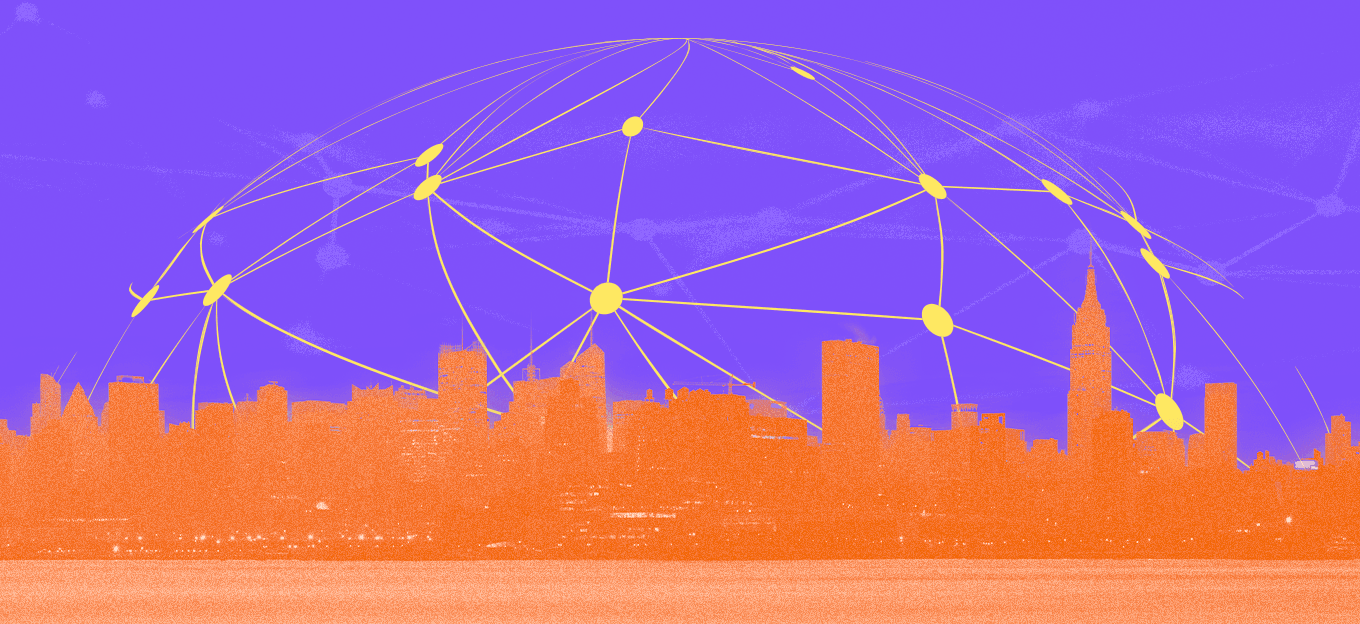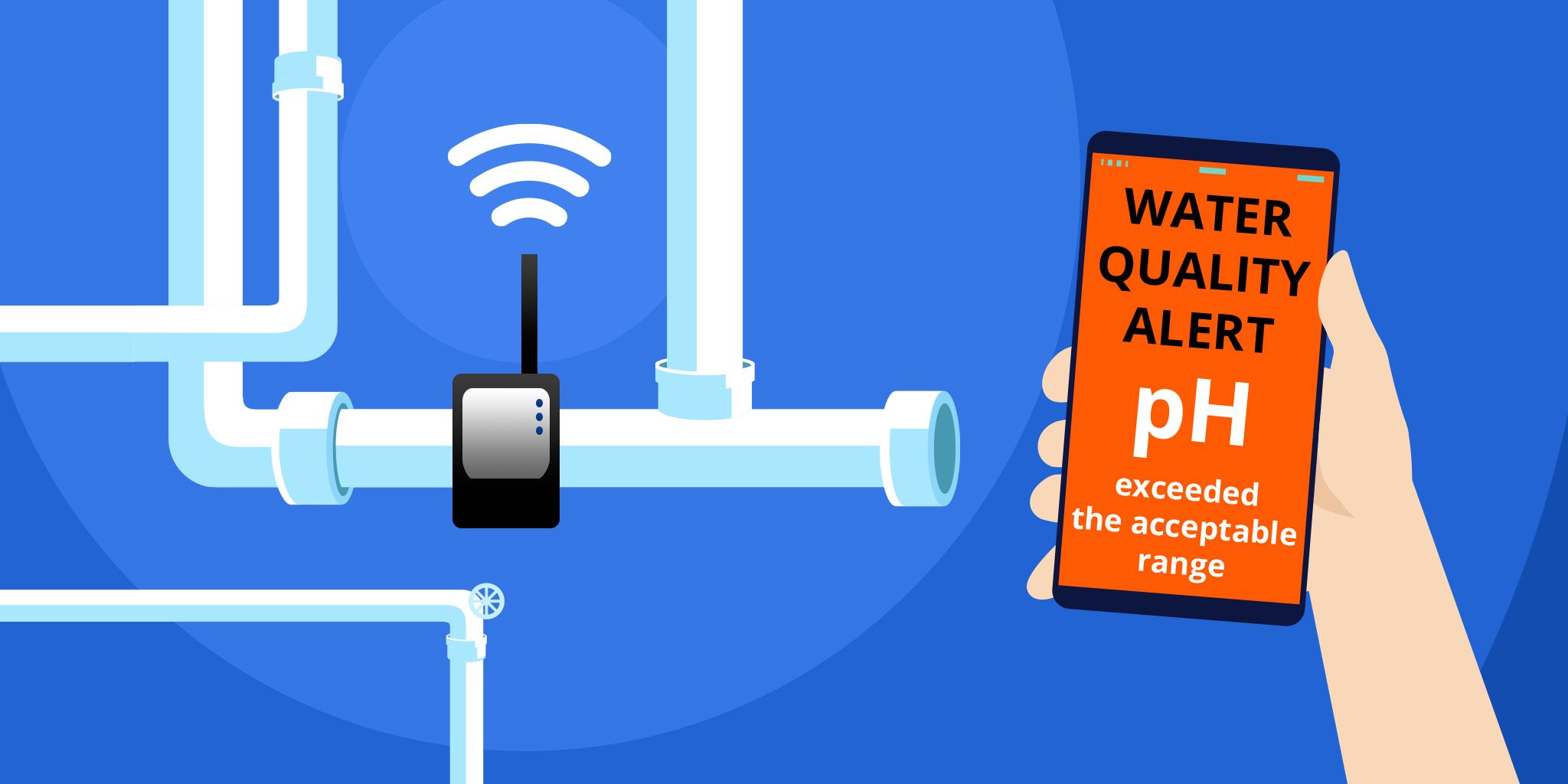3 Ways IoT is Ushering in a New Era of Stormwater Management
3 Ways IoT is Ushering in a New Era of Stormwater Management
- Last Updated: December 2, 2024
Phil Beecher
- Last Updated: December 2, 2024



As climate patterns become more dynamic, urban areas face unprecedented challenges in managing stormwater. Extreme weather events, from severe storms to scorching heat waves, are testing the limits of traditional stormwater systems. In response, the integration of IoT (Internet of Things) technology is heralding a new era in stormwater management.
Understanding the Impact of Climate Extremes on Stormwater Management
Climate change brings about pronounced contrasts between wet and dry periods, making effective water management a dual challenge: channeling runoff during wet seasons and preserving it as a resource for dry periods. Weather from the last 12 months alone underscores the need for innovative stormwater management practices. Last winter the western United States saw a deluge of water that replenished lakes and reservoirs but also resulted in extensive flooding and stormwater runoff. What followed was a summer of historic heat waves, which served as a stark reminder of the urgency to manage water resources effectively. Enter IoT technology.
Leveraging IoT for Intelligent Stormwater Management
Think of IoT technology as a new set of intelligent eyes for municipalities and local governments, environmental agencies, utilities, and other key stakeholders. Through IoT networks, sensors and devices capture real-time data about water levels, quality, and flow rates. This data empowers timely and effective decision-making, crucial in the face of extreme weather.
Given the pressing demand and the accessibility of IoT technology today, three key factors are poised to usher in this new era of stormwater management:
1.) Pilot programs for Smart Stormwater Management
As a prime illustration of how pilot programs are pivotal in turning the next chapter of smart stormwater management, consider recent developments in this field. Organizations are increasingly recognizing the indispensable role pilot initiatives play in driving innovation and ensuring the success of intelligent stormwater management strategies. For instance, a recent study conducted among UK and U.S. IT decision makers by Wi-SUN Alliance revealed that 50 percent of organizations with smart utility strategies have now successfully launched projects, a significant uptick from the 38 percent reported five years ago.
Nonetheless, the journey toward maturing the smart stormwater management industry is far from complete. This underscores the continuing need for pilot programs. In a survey encompassing 250 utility companies, 75 percent of respondents emphasized the critical importance of pilot projects in fostering innovation. Furthermore, 70 percent of those surveyed also underscored the vital role of government funding in supporting the growth of smart utility development. Fortunately, the Infrastructure Investment and Jobs Act has opened up funding opportunities, setting the stage for these pilot programs to be initiated and thoroughly tested here in the United States.
2.) Open Standards
Open standards are vital in advancing large-scale, outdoor IoT deployments, including smart stormwater management programs. They help ensure seamless communication and integrated data among IoT devices. This compatibility fosters a cohesive strategy for stormwater management, driving the swift adoption of technological advancements and keeping systems at the forefront of what's achievable.
Implementing IoT systems may pose challenges, including security, complexity, and the need for proven ROI. Therefore, leveraging IoT technology built on open standards guarantees reliability, robustness, and security in stormwater management.
However, despite its high profile, in terms of communication networks, 5G technology is unlikely to be the most cost-effective or energy-efficient choice for IoT devices in water networks. Field area networks (FANs) based on wireless mesh topologies – rooted in open standards – provide a superior alternative. FAN technology can be tailored for expansive outdoor networks and seamlessly supports various IoT devices without interoperability concerns. Additionally, open standards broaden the selection of device manufacturers, driving cost efficiencies and mitigating the risk of vendor lock-in.
Both in technology and stormwater management, adaptability is paramount, and open standards play a pivotal role in ensuring compatibility among sensors, devices, and networks. This fosters an environment where technological progress is readily embraced, keeping stormwater management systems at the forefront of what's attainable for state and local governments.
3.) Field Area Networks (FANs) and IoT Efficiency
FANs stand as a linchpin in propelling the next wave of smart stormwater management. Unlike traditional cellular networks, including 5G as mentioned above, FANs excel in both energy efficiency and cost-effectiveness for water network management. Their incorporation of open standards is purpose-built for expansive outdoor networks. This not only reduces operational costs but also enhances energy efficiency, providing enterprise-grade security and seamless interoperability for a wide range of devices.
Choosing FANs using a wireless mesh topology is especially beneficial when 5G communications fall short. Opting for standards-based FAN technology widens the selection of device manufacturers, fostering cost efficiencies and mitigating risks associated with vendor lock-in. In large-scale outdoor stormwater deployments, various IoT devices such as flow sensing and management and pressure sensors are essential. Standards-based FAN technology accommodates these seamlessly, without any interoperability concerns.
Smart water management installations do not need to be standalone applications. Miami, for example, is one city that has implemented smart street lighting installations, which has contributed to further cost reductions. An existing canopy FAN network, such as provided by a streetlight network, allows for other devices and applications to share the same network infrastructure and allows water companies to attach monitoring and control nodes to a pre-existing network. This reduces the total cost of deployment and management of the network as well as opening up promising commercial opportunities with energy companies and local municipalities.
Final Thoughts
The next era of smart stormwater management hinges on interconnected solutions. The extreme weather events of the past year underscore the importance of responsive, smart stormwater management systems. By embracing IoT technology and open standards, cities are not just responding to these challenges but actively preparing for a future where such events might become the norm. Through pilot programs, open standards, innovations – and the commitment to integrated solutions – the future will see a more sustainable and resilient urban landscape.
The Most Comprehensive IoT Newsletter for Enterprises
Showcasing the highest-quality content, resources, news, and insights from the world of the Internet of Things. Subscribe to remain informed and up-to-date.
New Podcast Episode

Moving Past the Pilot Phase in IoT and AI
Related Articles





